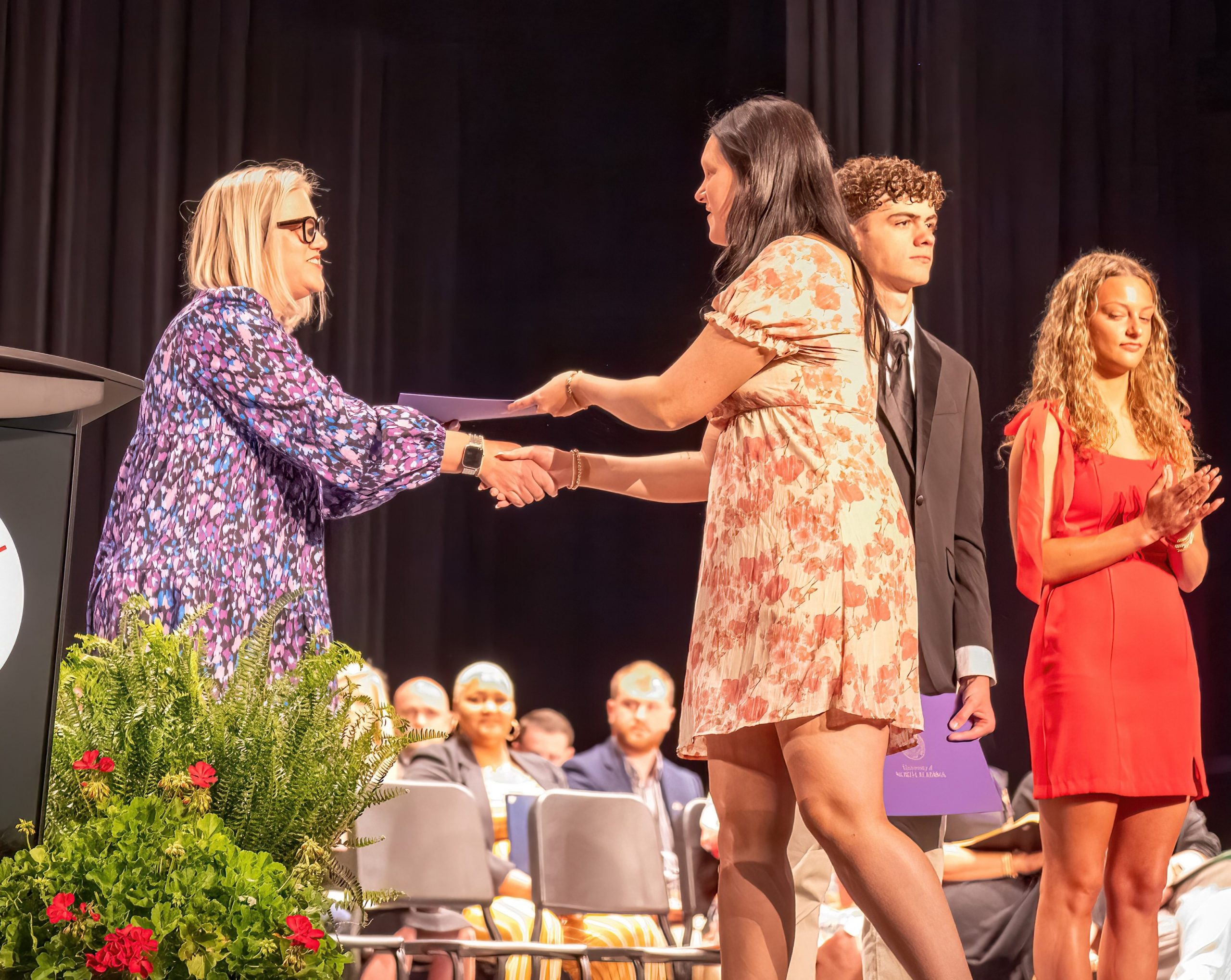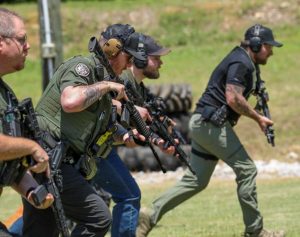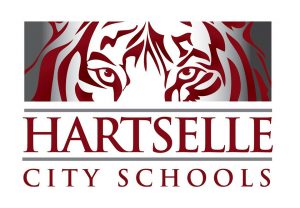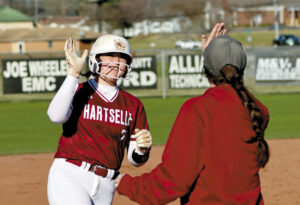Hartselle native locates sandstone barren, secures $8k grant for outdoor classroom
Photo by Raw Images
By Jacob Hatcher
For the Enquirer
In late 2020, Hartselle native and forester Kyle Lybarger cut down some cedar trees as part of his wildlife work, and when he returned the following summer, he discovered a variety of native wildflowers had sprouted up where the cedar trees had been growing. One of those wildflowers was a rare plant called Porter’s Goldenrod, which until Lybarger’s discovery was thought to have been destroyed in the area. Porter’s Goldenrod is so rare that, at the time of its discovery in Hartselle, there was only one other known location of its growth, and had last been identified in 1840.
“That’s when I became interested in grasslands, because we had all of these species around here that no one knew about,” Lybarger said. “That’s when I really took to restoring a lot of those places. I just took that into my own hands on my own time spending a lot of time burning and removing invasives. And after a few years of doing that I just started making videos to educate because I realize that’s kind of the limiting factor; no one knows we have this stuff.”
A short while after finding Porter’s Goldenrod, Lybarger made another important discovery in Hartselle when he stumbled across an until then undocumented sandstone barren. “This is one of two sandstone barrens that exists in the entire interior plateau of Alabama; this means within the Tennessee Valley, Little Mountain and the Moulton Physiological Regions, there’s never been a sandstone barren documented,” Lybarger said in a video on his Facebook page.
The land upon which the sandstone barren is located happened to be for sale at the time, and recently the land was purchased by Hartselle City Schools. “They had absolutely no idea what they had, so I reached out Hartselle City Schools, and after securing an $8,000 dollar grant from RC&D, we are working toward creating an outdoor classroom on this sandstone barren.”
Lybarger’s vision for the outdoor classroom is multifaceted and would include hiking trails, working with the Future Farmers of America to form a prescribed fire club and placing existing boulders in strategic locations for outdoor seating.
“It needs to be a place where those plants are protected … we’ll design it to be as low impact as possible,” he added.
Ultimately Lybarger said he would like to see a science teacher take ownership of the outdoor classroom, but in the meantime he intends on working closely with the school system to bring his vision to life, with the hopes of having it ready by the end of this year.
When asked about the long term vision for an outdoor classroom, Lybarger said, “Any Hartselle city school can use it, but I think it could be something that other schools would want to visit in the long run. I think it could be a great example of what outdoor classrooms could be and what they should look like.”
“This could really be something that actually, not only shows off ecosystems, but shows off some of our rarest ecosystems that really need help and show off what those look like,” he added.
If you would like to know more about the outdoor classroom, or any of Lybarger’s work you can follow him at Native Habitat Project on all social media platforms.







